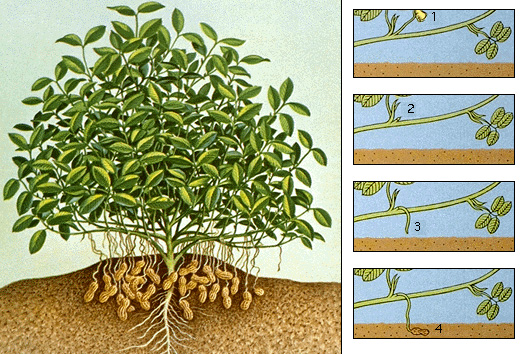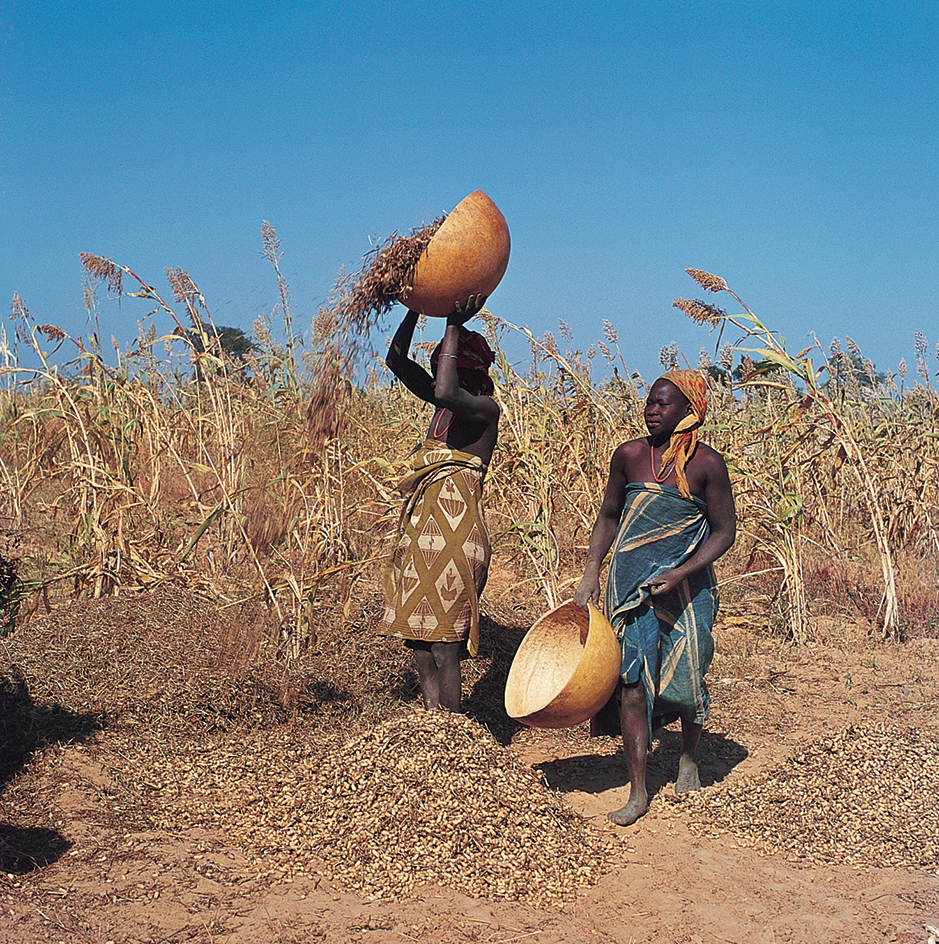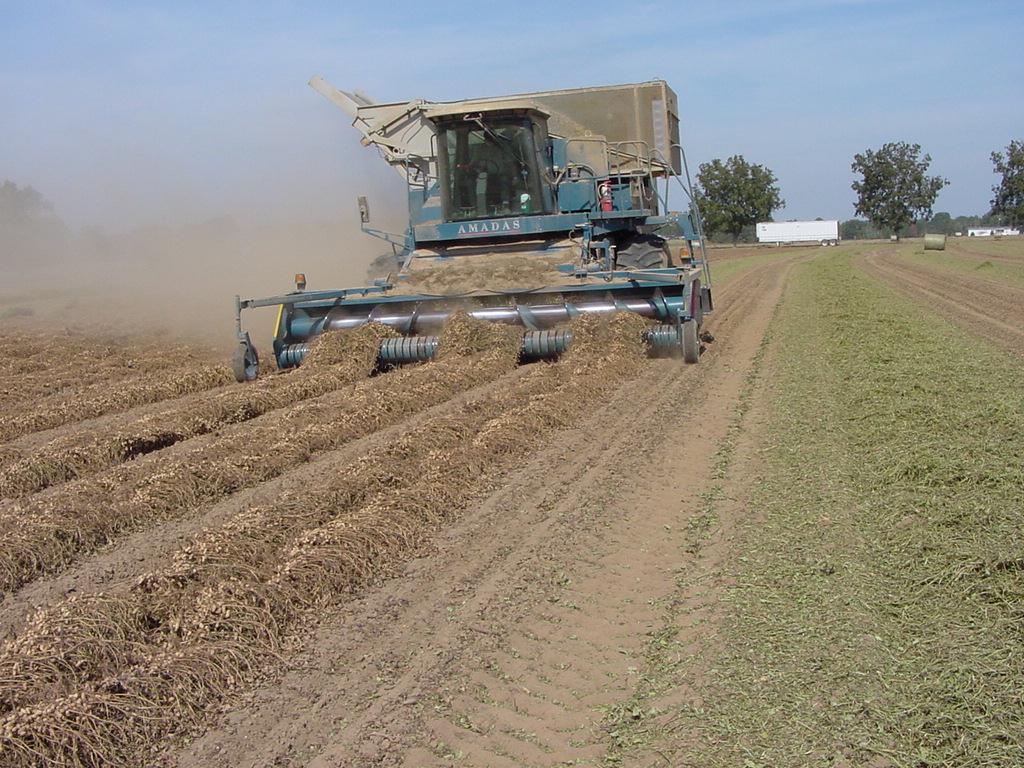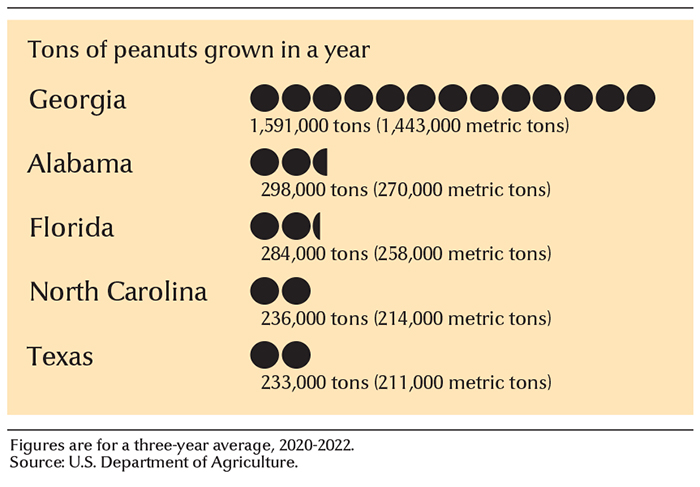Peanut is a plant grown mainly for its fruit. It belongs to a group of plants called legumes. Legumes bear fruit in the form of pods (shells) that contain one or more seeds. The peanut is more closely related to peas than to nuts. Most peanut pods have two seeds, which are also called peanuts. These seeds rank among the world’s most popular foods, whether eaten alone, mixed into candy or cookies, or processed into peanut butter. Growers cultivate peanuts chiefly for their oil.

Unusual among legumes, the peanut’s pods develop underground. For this reason, people often call peanuts groundnuts. Other names for peanuts include arachides, goobers, mani, and pinders.
Peanuts grow best in warm regions. Farmers in Africa and Asia cultivate about 90 percent of the world’s peanuts. The leading peanut-growing countries include China, India, Myanmar, Nigeria, and the United States.

Peanuts yield a rich source of many nutrients (nourishing substances), including protein and the mineral magnesium. More energy-giving calories occur in roasted peanuts or peanut butter than in an equal weight of beefsteak.
Despite the nutritional benefits of peanuts, however, a growing number of people have developed peanut allergies. These allergies can cause vomiting, stomach pain, and other uncomfortable symptoms. Allergic people should avoid eating foods that contain peanuts or peanut products.
The peanut plant
Peanuts are annuals—that is, plants that survive for only one growing season. They can measure up to 21/2 feet (75 centimeters) high and from 3 to 4 feet (90 to 120 centimeters) across. Peanut plants range in type from bunch plants to runner plants. Bunch plants grow upright. Runner plants spread out on or near the ground as they grow.
Peanut plants bear many small, yellow, pealike flowers where the leaves are attached to the stems. The plants blossom continuously for two to three months. Flower buds open at sunrise. Fertilization takes place during the morning, and the flowers usually wither and die about noon. Within a few days, the pegs (stalklike stems of the pods) begin to grow. They sprout slowly at first but gradually grow more rapidly.
The pegs grow downward and push into the soil to a depth of 1 to 3 inches (2.5 to 8 centimeters). Grown pegs may measure about 7 inches (18 centimeters) long. The tips of the pegs contain the developing seeds. They swell and mature into peanut pods. Most pods contain two seeds, but some may contain only one or as many as five seeds.
Uses of peanuts
As food.
Manufacturers often roast peanuts inside the pods and sell them as whole roasted-in-shell peanuts. They also remove the shells and roast and sell only the seeds. Manufacturers usually salt peanuts to improve their flavor.
Manufacturers make peanut butter by roasting and blanching (removing the skins or seed coats from) the peanuts, and then grinding them into a thick paste. People typically eat peanut butter by itself, in sandwiches, or spread on crackers.
Roasted peanuts are eaten alone or mixed into candies, cookies, pies, and other bakery products. Processors flavor some ice cream with peanut butter, and they make peanut bread from ground peanuts. Peanut bread yields a rich source of proteins and has low levels of starch. Some growers sell fresh boiled peanuts. Instead of drying the peanuts after picking, farmers wash the peanuts and boil them in salt water.
Peanut seeds consist of almost 50 percent oil. Foods are often fried with peanut oil. The oil smokes only at high temperatures and does not absorb odors easily. Many salad oils and dressings, margarine, and other vegetable shortenings also contain peanut oil.
In industry.
Manufacturers use low grades of peanut oil as an ingredient in soaps, face powders, shaving creams, shampoos, and paints. They also use the oil in making nitroglycerin, an explosive. In addition, scientists have tested peanut oil as a possible alternative fuel source.
After oil is removed from peanuts, the solid that remains usually serves as a high-protein livestock feed. Some manufacturers use peanut protein to make a textile fiber called Ardil.
Even the shells of peanuts have uses. Manufacturers grind the peanut shells into powder. This powder serves as an ingredient in plastics, cork substitutes, wallboard, and abrasives (substances used to grind, sharpen, and smoothen various materials).
On farms.
Peanut foliage makes good hay. But most farmers return the harvested plants to the ground to fertilize the soil.
Growing peanuts
Peanut plants grow best in light, well-drained, sandy soil. They need much sunshine, warm temperatures, moderate rainfall, and a frost-free growing period of four or five months.
Farmers prepare the soil by plowing it deeply and thoroughly. This procedure enables the pegs to penetrate the soil more easily. Farmers plant peanut seeds about 11/2 to 3 inches (4 to 8 centimeters) deep in single or twin rows. Growers usually sow seeds between 2 and 6 inches (5 and 15 centimeters) apart.
Farmers must harvest peanuts at exactly the right time. If they harvest their peanut crops too early, many of the pods will not have ripened. If they harvest their crops too late, the pegs may snap, and many of the pods will be left in the soil. Most of the pods ripen 120 to 150 days after planting.

At harvesttime, farmers use mechanized diggers to slice through the taproot (main root) of each plant below soil level. The plants, with pods attached, are dug from the soil and turned upside down to dry in the sun. Special machines called peanut combines remove the pods from the sun-dried plants. Growers further dry the pods artificially in wagons. Next, they ship the pods to inspection plants or other facilities for cleaning and grading. Most of the pods are then shelled for processing.

Processing peanuts
Processors handle most shelled peanuts by oil roasting them or dry roasting them. In oil roasting, the more widely used method, manufacturers blanch the peanuts and fry them in oil. In dry roasting, processors glaze the peanuts with oil, sprinkle them with salt, and roast them in large ovens.
Most of the world’s peanut production goes into making oil. Some processors use a chemical solvent to dissolve oil from the peanuts. They recover the oil from the solution by evaporation. In another method, workers grind and press peanuts in large tube-shaped grinders. They then collect the oil, filter it, and deodorize it. The peanut meal left over after the oil is extracted can be ground into peanut flour. In some places, people eat peanut meal as a high-protein meat substitute.
History
Peanuts are native to South America. Ancient South American peoples grew the plants more than 2,000 years ago. Beginning in the 1500’s, Portuguese and Spanish explorers introduced peanuts to many parts of the world. For centuries, however, people in Europe and elsewhere used the plants only as animal feed. Peanuts did not become a major commercial crop until the 1900’s.
The American scientist George Washington Carver made an extensive study of peanuts in the early 1900’s. Carver is credited with having found more than 300 uses for the plant and its fruit. Since the 1930’s peanut farming has grown rapidly worldwide. See Carver, George Washington.
